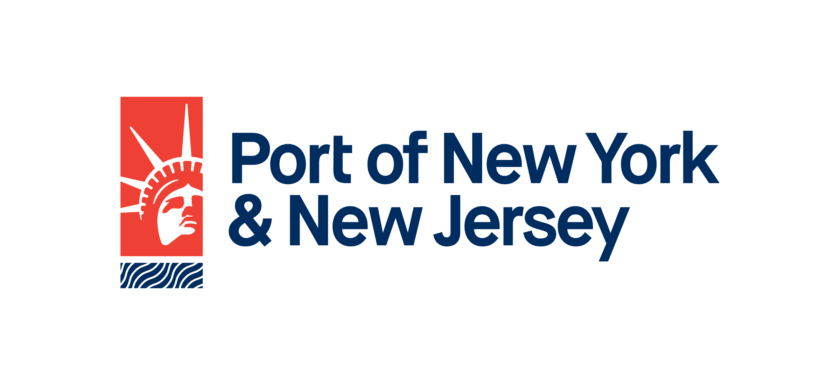Last year the Port of New York and New Jersey celebrated a major milestone by handling more than 7 million TEUs for the first time. We also made improvements at our rail facilities, which helped boost the amount of cargo we moved last year by 13.8 percent.
We kicked off 2019 with the opening of the new ExpressRail Port Jersey facility, an achievement that kept pace with the Port Authority’s five-year goal to expand rail capacity for cargo destined outside the region. This year we are also unveiled a new look—a modern logo that reflects the Port of New York and New Jersey and its position as a global marine leader.
Keeping up with a record-setting pace and holding steady as the busiest marine gateway on the East Coast requires constant attention and innovation. Major improvements that have helped us move forward include the raising of the Bayonne Bridge, which let the world’s largest container vessels access the Port. But cargo headed for the New York metropolitan area isn’t required to arrive at our ports, much of it does because we offer the closest, and most efficient route to North America’s largest consumer market.
Our new logo aims to clearly communicate that the Port of New York and New Jersey is focused on moving forward, continuing to be a global leader in a market that is growing more competitive. In the design, the Statue of Liberty represents an internationally recognizable symbol of New York and New Jersey while the wave depicts the waterways that connect the Port with the world. The bold red color used in the logo signifies power, while the cool blue color represents the maritime industry.
The logo was developed through a collaborative process with various stakeholders, including terminal operators and shipping and trucking partners. The new logo will also be used in marketing efforts to amplify the advantages of the Port of New York and New Jersey across the global maritime industry. To coordinate with the new logo, the Port has also released a new video to help increase awareness of the services and the impact the Port has on the regional economy. Watch the video here.

